1. The Kraken: A Sea Monster Based on Giant Squid
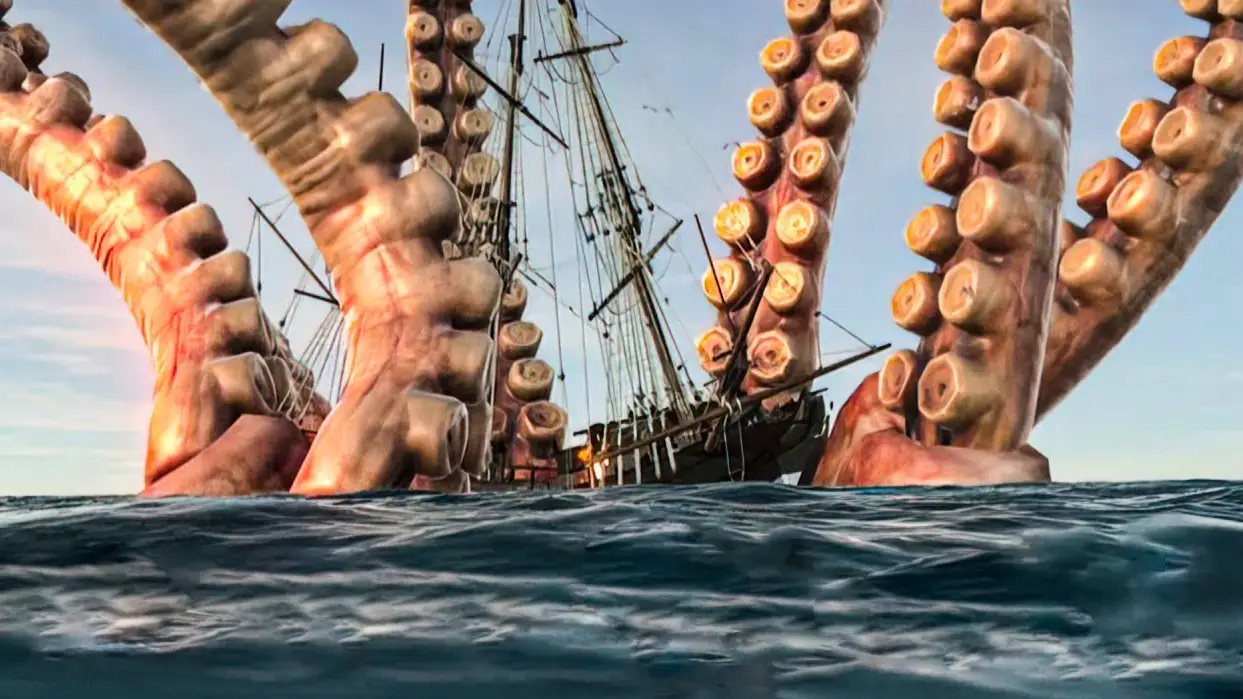
YouTube
The terrifying kraken, a sea monster that rises from the deep to drag ships and sailors under the water, is believed to be inspired by real-life giant squids. These enormous creatures, with their tentacles and deep-sea habitat, could have seemed like a nightmare to sailors in the past. The kraken has become a symbol of oceanic danger and mystery, likely rooted in encounters with these massive creatures.
2. The Basilisk: A Lethal Serpent or Rooster
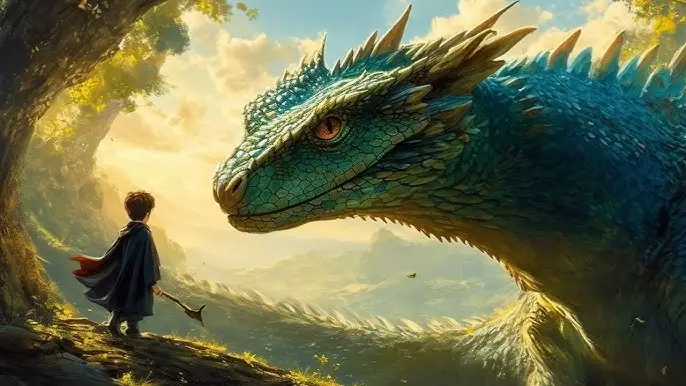
YouTube
The basilisk is a legendary creature that could kill with a mere glance, often described as a serpent, dragon, or even a rooster. Some believe that the basilisk was inspired by the real-world Gila monster or other venomous reptiles, whose presence could cause fear and even death through their dangerous venom. Its “petrifying” gaze likely stemmed from the dangerous venom or toxic behaviors of real reptiles.
3. The Griffin: A Majestic Fusion of Lion and Eagle
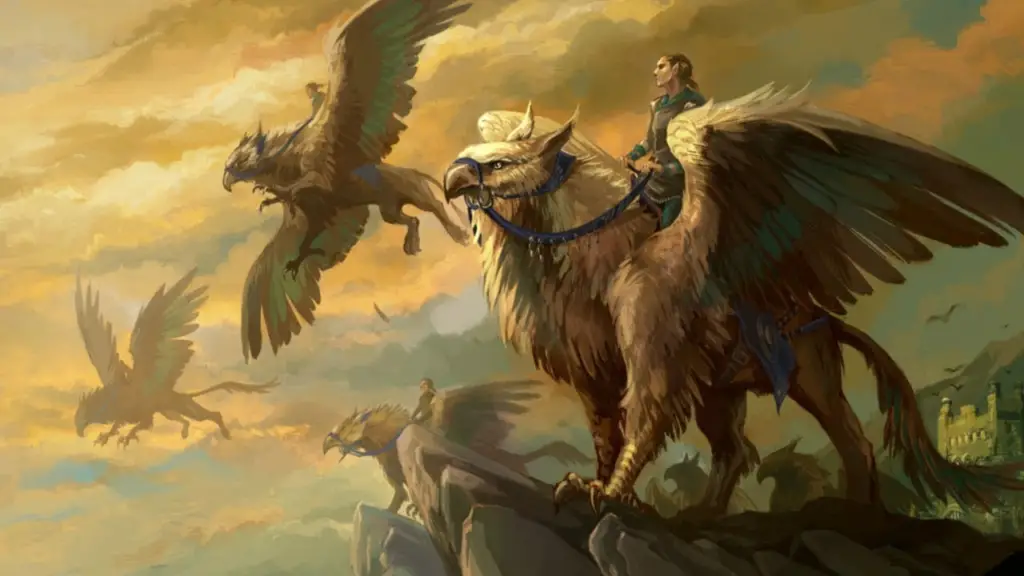
YouTube
The griffin, a legendary creature with the body of a lion and the head and wings of an eagle, is one of the most famous hybrid animals in mythology. It was believed to be the king of all creatures, symbolizing strength, courage, and protection. The lion represents earthly power, while the eagle symbolizes divine authority, making this creature a powerful emblem across many ancient cultures.
4. The Chupacabra: A Vampire Beast from the Southwest
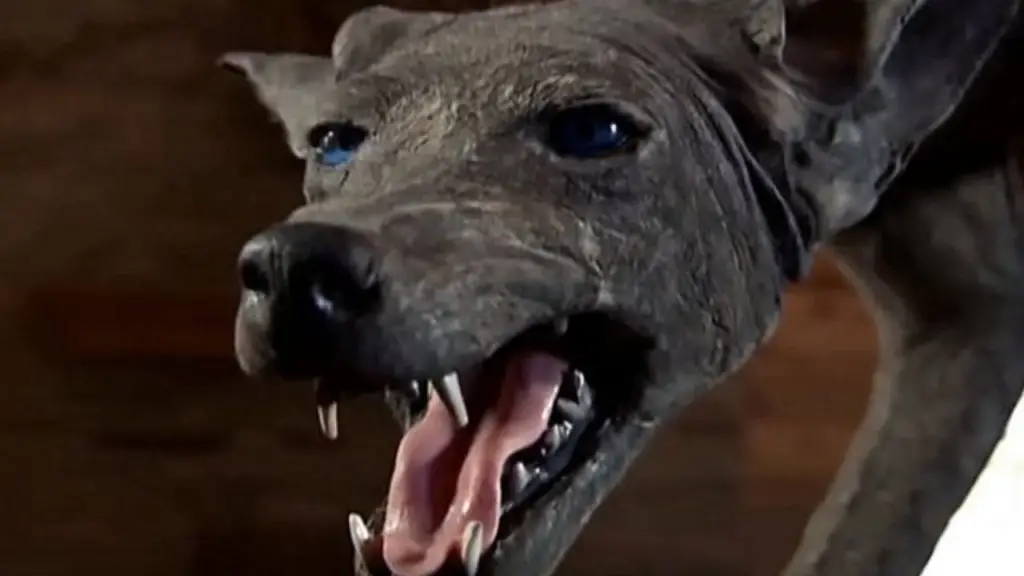
YouTube
The chupacabra is a modern mythical creature that has been reported in places like Puerto Rico and the American Southwest. Its name translates to “goat-sucker,” as it’s said to drain the blood of livestock. While its appearance is often described as reptilian or vampiric, some believe that it could be inspired by the hairless dogs or coyotes that have suffered from mange, which gives them a strange, terrifying look.
5. The Werewolf: A Human-Like Creature with Wolf Origins
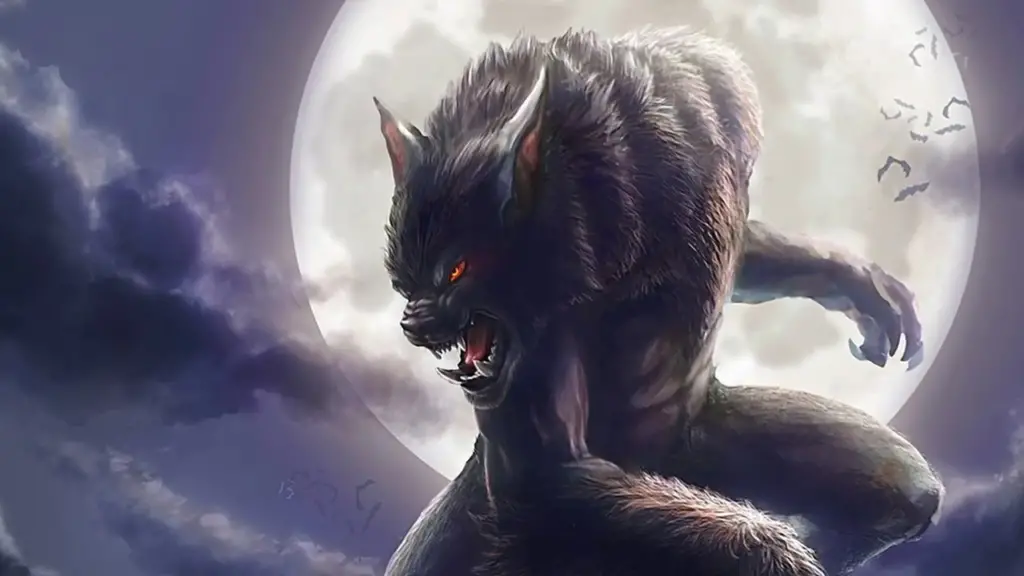
YouTube
The werewolf is one of the most famous shape-shifting creatures in folklore, transforming from a human into a wolf or wolf-like beast during the full moon. This myth likely grew out of fear and misunderstanding of wolves, animals that were often seen as dangerous predators. The connection to wolves is clear, as many werewolf legends tie the transformation to a connection with wild, untamed nature.
6. The Hydra: A Multi-Headed Serpent
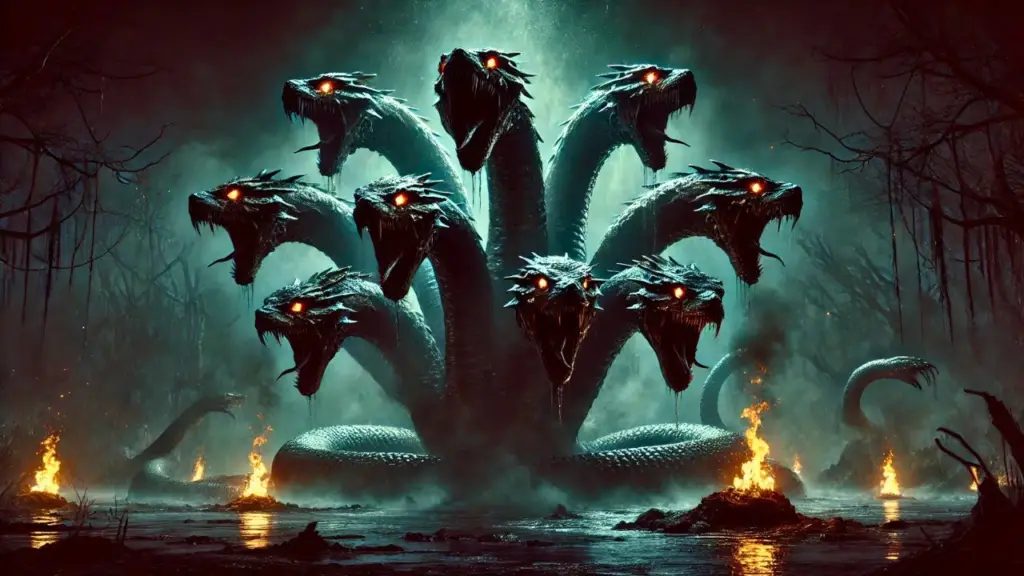
YouTube
In Greek mythology, the Hydra was a multi-headed serpent that grew two heads for each one that was cut off. Its origin may lie in the real world’s giant snakes, such as the anaconda or reticulated python, which can grow to massive lengths and are known to be powerful, deadly creatures. The hydra’s regenerating heads were probably exaggerated stories of snake-like creatures’ ability to recover from damage or injury.
7. The Pegasus: A Winged Horse Based on the Real Horse
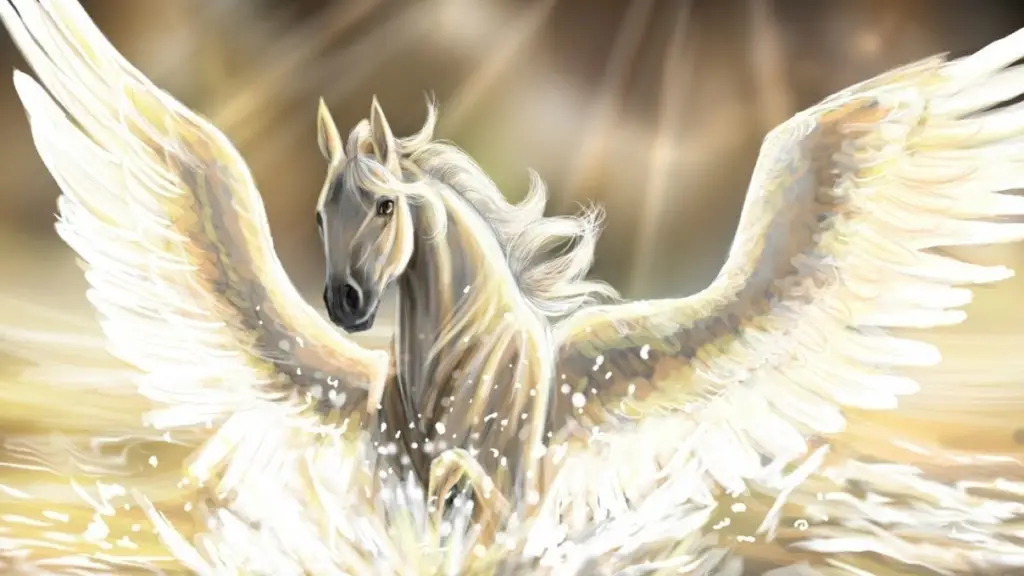
YouTube
The mythical Pegasus, a winged horse that springs from the blood of Medusa, has been a symbol of freedom and beauty for centuries. While horses themselves don’t have wings, the idea of a winged horse might have been inspired by the remarkable speed and grace of real horses, particularly when seen galloping across vast, open plains. Pegasus represents the power of flight, liberty, and imagination.
8. The Yeti: A Snow Ape in the Himalayas
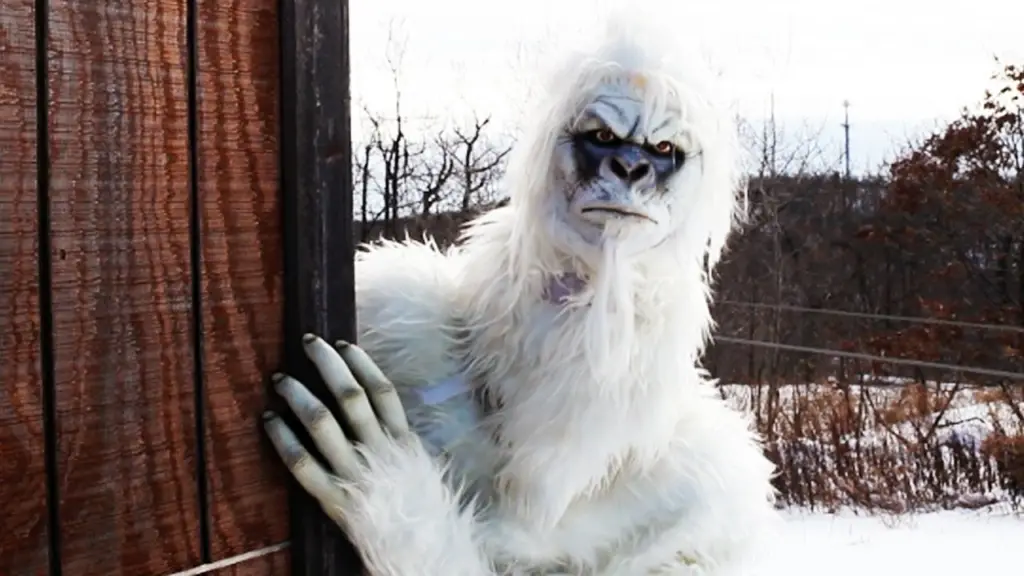
YouTube
The Yeti, or “Abominable Snowman,” is a creature said to inhabit the cold, remote mountain regions of the Himalayas. This legendary ape-like creature may be based on real sightings of bears, such as the Himalayan brown bear or the Tibetan blue bear, whose large size and fur-covered bodies could easily be mistaken for an ancient, yeti-like creature.
9. The Loch Ness Monster: A Dinosaur-Like Water Beast
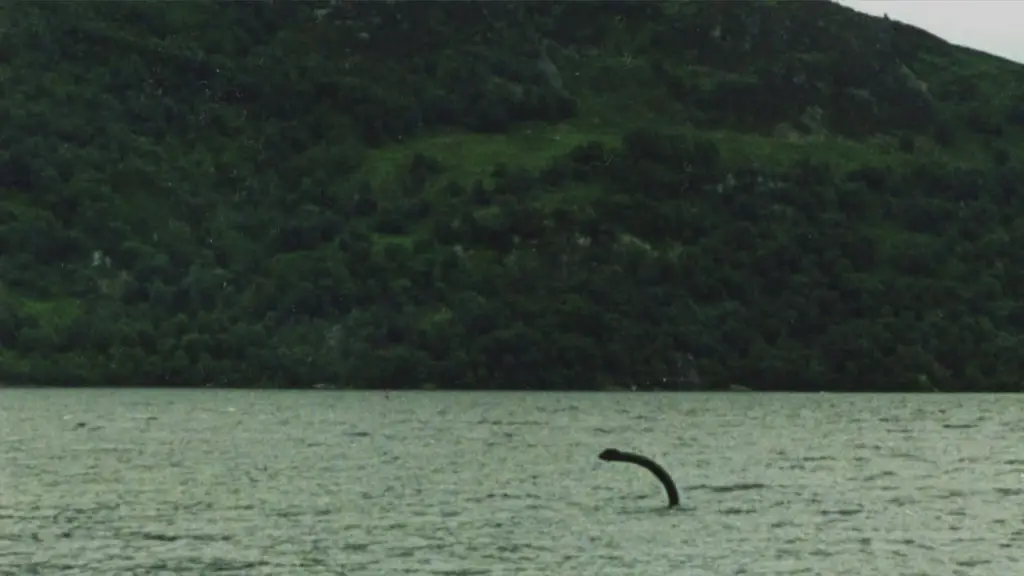
YouTube
The Loch Ness Monster, affectionately known as “Nessie,” is said to dwell in Scotland’s Loch Ness. Descriptions of Nessie often depict her as a long, serpentine creature with a large, prehistoric appearance. Many believe that the myth might be based on sightings of large freshwater creatures, like giant eels or sturgeon, which could appear dinosaur-like from a distance in the murky waters of Loch Ness.
10. The Manticore: A Lion’s Body, Human Face, and Scorpion Tail
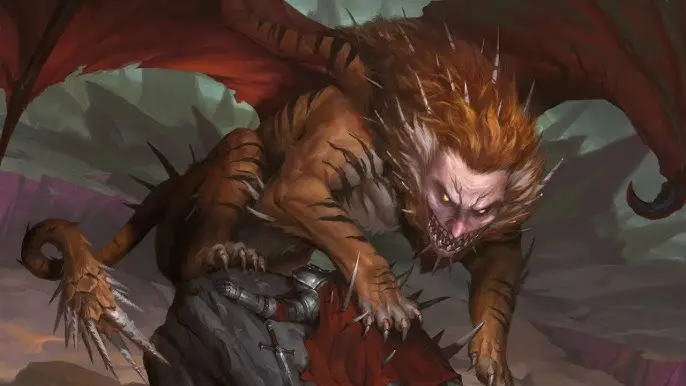
YouTube
This fearsome creature from Persian mythology is depicted as having the body of a lion, the face of a man, and the tail of a scorpion. The manticore may have been inspired by the natural world’s predatory creatures, such as lions and scorpions. The idea of a creature with both human and animal features likely stems from ancient encounters with unusual or rare animals, which were often mythologized as hybrid beasts.
11. The Unicorn: Inspired by the Indian Rhinoceros
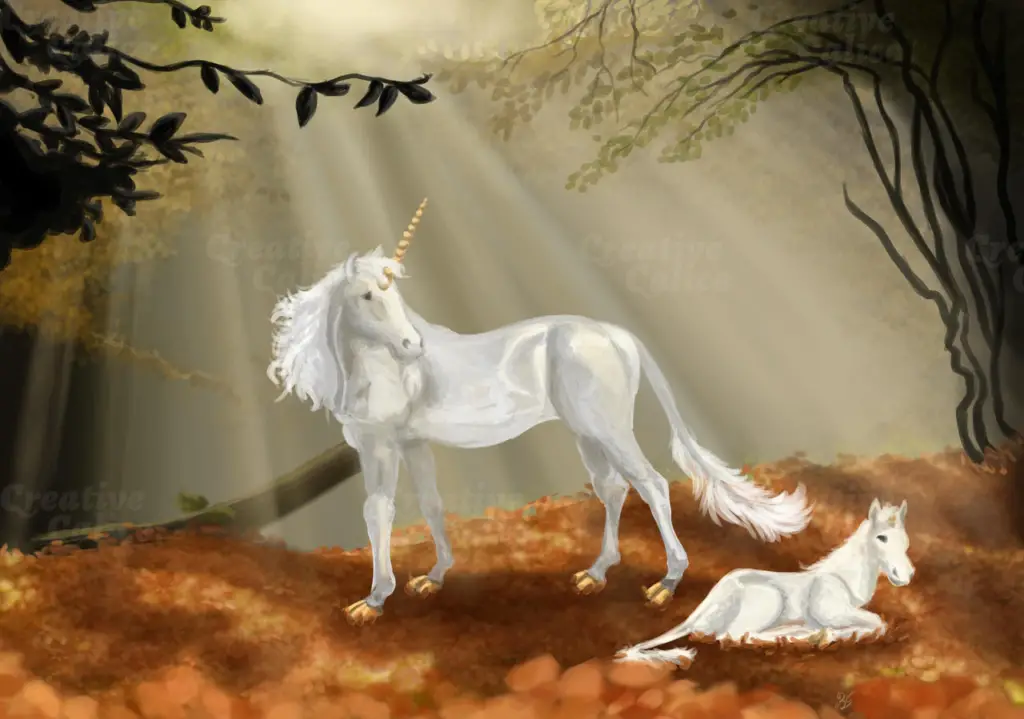
DeviantArt
One of the most enduring mythical creatures, the unicorn, has roots in ancient cultures, with its single horn often said to have magical properties. The myth could have been inspired by the sighting of the Indian rhinoceros, whose single horn could easily be mistaken for a unicorn’s spiral horn, especially when viewed from a distance. The unicorn represents purity and grace, often associated with virginity and beauty in European folklore.
12. The Thunderbird: A Giant, Storm-Creating Bird
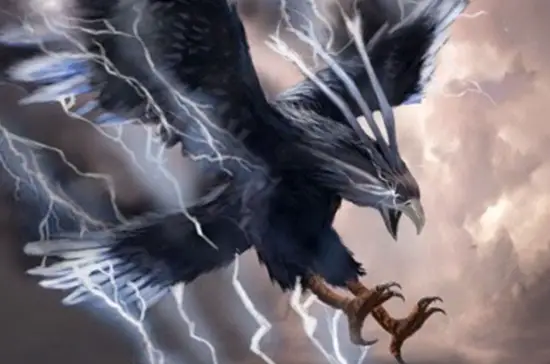
YouTube
The thunderbird is a massive bird from Native American mythology, particularly among the Indigenous peoples of the Pacific Northwest. Known for its ability to summon storms with the flap of its wings, the thunderbird may have been inspired by the real-world large raptors, such as eagles or condors, which can soar at great heights and have been associated with power and thunder in various cultures.
13. The Charybdis: A Whirlpool Creature
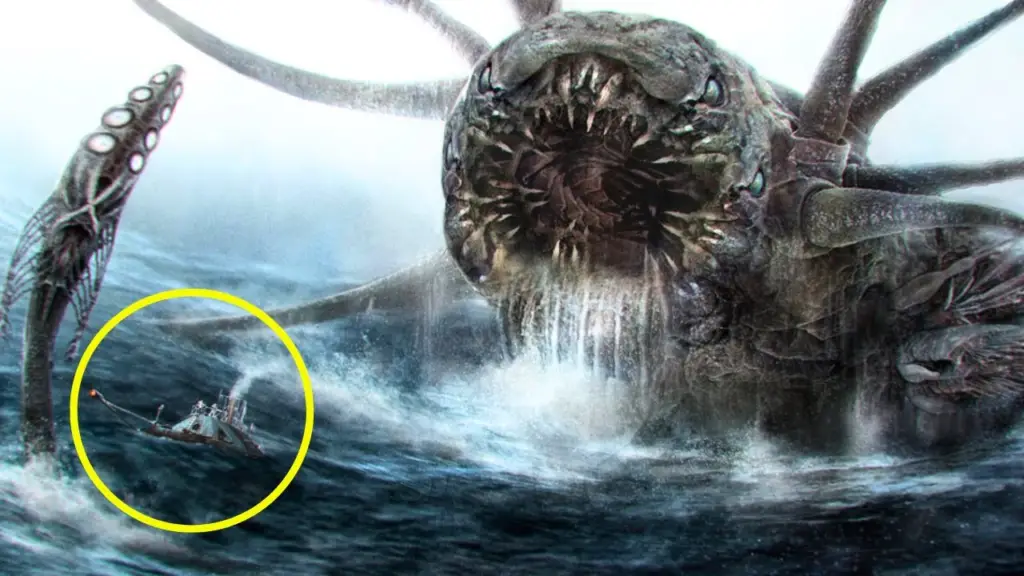
YouTube
In Greek mythology, Charybdis was a sea monster that created a deadly whirlpool, sucking ships into its abyss. This monster was likely inspired by real-life whirlpools and strong tidal currents, which could swallow entire ships and were seen as terrifying and uncontrollable forces of nature. Charybdis was more a force of nature than a creature, representing the unpredictable power of the sea.
14. The Minotaur: A Bull-Man Hybrid
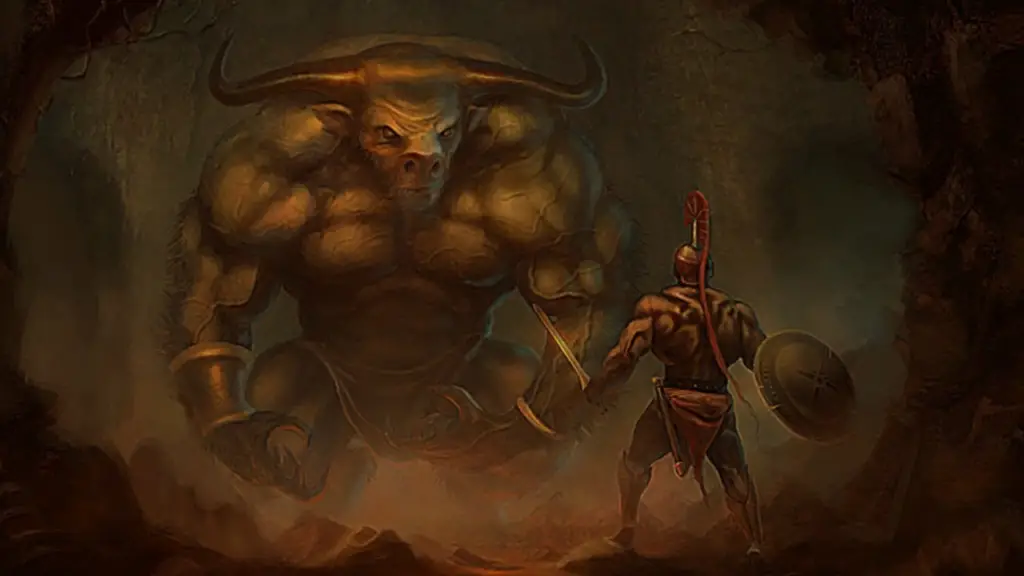
YouTube
The Minotaur, a half-man, half-bull creature from Greek mythology, roamed the labyrinth of Crete. This fearsome beast is likely based on the ancient reverence for bulls, which were seen as powerful and sacred animals in many ancient cultures. The Minotaur’s bull-like features are an exaggeration of the real-world strength and stature of bulls, combined with human traits to create an unstoppable monster.


